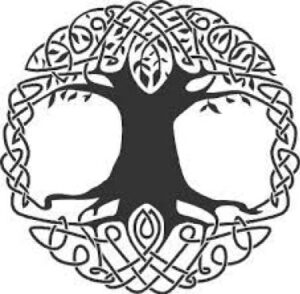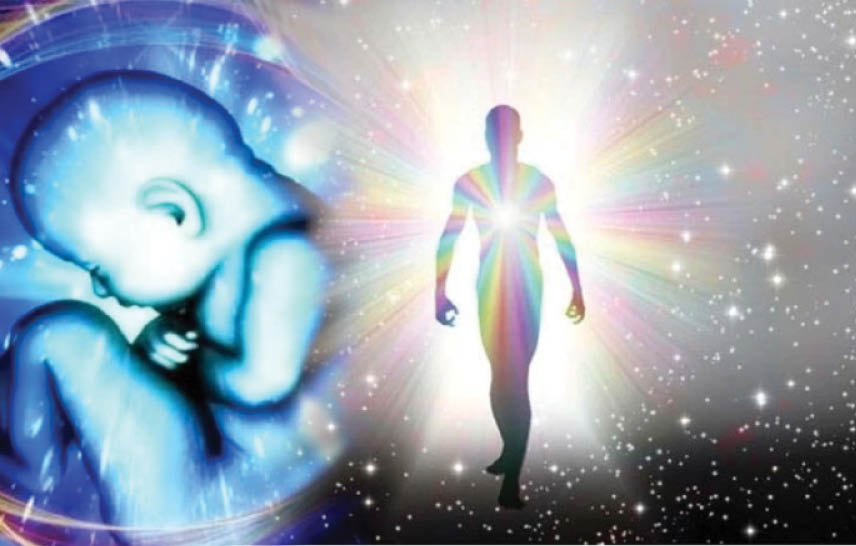In keeping with readers writing in questions seeking answers to their various religious and cultural queries, scholar in Zoroastrian religion and culture – Noshir Dadrawala, responds…
Query From Parsi Times reader, Bakhtawar Appoo:
“Is there a cycle of re-birth in our religion and does a soul choose his/her parents at the time of birth?”
Noshir Dadrawala responds: The Zoroastrian religion, in its most pristine form, focuses on this life and not so much on the after-life. What is important is to live the life we have right now fully and truthfully, with purpose and without regret.
Buddhist Parable Of The Poisoned Arrow: Buddha (the enlightened one) always discouraged his disciples from wasting their time and energy on metaphysical speculations. A disciple once asked him whether the universe is finite or infinite and whether he would be born again and, in this world, or some other world and whether as human or animal and as a monk or something else?
The Buddha’s answer was: “Suppose a man is struck by a poisoned arrow and a healer wishes to pull out the arrow immediately and relive him of the pain and suffering with a curative herbal poultice, but the mortally wounded man refuses that the arrow be removed until he knows who shot it, what is the age of the archer, who the parents of the archer are, and why he shot it? What would happen? If he were to wait until all these questions have been answered, the man would die before he got all the answers.” What the Enlightened one tried to explain through this parable was the truth, that life is short. It must not be spent in endless metaphysical speculation that does not bring us any closer to the truth! Instead, focus on the here and now and alleviate suffering through the exercise of compassionate living.
Generally, Buddhists view life and death as a continuum, believing that consciousness (the spirit) continues after death and may be reborn. Death therefore could be an opportunity for liberation from the cycle of life, death, and rebirth if this life is lived appropriately. In other words, Buddhists recognise that there is a continuous cycle of life, death and rebirth known as Samsara and the aim of Buddhist practice is to become free from Samsara.

Zoroastrian View On The After-Life:
According to Zoroastrian theology, on physical death, the Urvan or the soul remains in this world for three days and three nights under the protection of Srosh Yazata, who is regarded as the Guardian Divinity of the souls of the living and the dead. In Yasna 57.25 we chant: “O beautiful, Holy Srosh! Protect us here in these two lives, in these two worlds, in this world which is material, in that which is spiritual.”
At another level, Srosh is also viewed as one’s own Divine Conscience which pricks and prompts us while making moral choices and protects us from making unethical choices in day-to-day life. This same Divine Conscience guides and protects our spirit after death too.
According to Vendidad 19.28 “(When) the third night ends and the dawn shines, the well-armed Mithra appears at the sufficiently happy mountain.” Mithra here refers to the golden rays of the sun that shine over the Elbrus Mountain range in Iran, from where the souls of the dead depart towards the spiritual world. Thus, on the dawn after the third night after death, the soul finds itself at Chinwad – the allegorical Bridge of the Separator where according to Vendidad 19.29: “the soul must account for its deeds in the material world.”
At Chinwad, the Urvan finds itself in the presence of Mithra or Meher Davar (the Shining Light of Divine Justice) who is assisted by Rashn Raast or the Righteous Judge and Ashtad – the embodiment of Truth. If good deeds overweigh the misdeeds, the soul is allowed to pass over the bridge to Garothman or the House of Song. If good deeds are equal to the misdeeds committed on earth, the soul goes to a place called Hamistagan (purgatory) and if misdeeds outweigh good deeds, the soul is cast down into hell.
Garothman or House of Song indicates a happy state of consciousness for the Urvan, whereas Hamistagan seems a reflective state of consciousness and Dozakht or hell as a tormented state of consciousness.
Thus, the Zoroastrian scriptures only refer to an after-life in the spiritual world and not re-birth in the physical world.
Alleged Reference To ‘Return’ Or ‘Rebirth’ In The Gatha
In Yasna 49.11 (Spentomard Gatha) the term ‘paitiyenti’ which mean ‘return’ is interpreted by some scholars to mean return to earth by ‘souls whose light is dim’ (i.e., those who dwell in the darkness of deceit and falsehood).
The renowned scholar, Dr. Irach J. S. Taraporewala translates Yasna 49.11 as:
“But Souls whose Inner Light continues dim,
Who have not yet beheld the Light of Truth,
Unto this home of Falsehood (interpreted by some as earth) shall return,
Surrounded by false Leaders, Egos false,
By those who think and speak and act untrue.”
However, most scholars are of the belief that Yasna 49.11 refers to those Souls whose Inner Light continues dim (or of evil intent) returning to the abode of falsehood or ‘a place of sorrow’ to reform itself and not to earth.
According to the extant Zoroastrian scriptures, after physical death, the soul finds itself in a certain state of consciousness or existence depending on its deeds while on earth. A few souls would find Garothman or a happy state of consciousness, whereas most would find Hamistagan or a reflective state of consciousness or Dozakht – a reformatory state of consciousness.
Interestingly, in Yasna 51.12, Asho Zarathushta asserts: “Within the space of this ONE life (on earth), perfection or wholeness (Havratat) can be achieved by fervent Souls.”
To conclude, physical death is the only certainty of life as we know it on earth. All those who are physically born, also physically die. However, the Urvan or spirit is immortal. Focus on realising your true self and you will neither fear death nor question what will happen in the after-life!
There is no death! Death is very much like a sunset. It is only an appearance. When the sun sets here, it rises elsewhere. In truth, the sun never really sets. Likewise, death is only an illusion, an appearance. What is death here is birth elsewhere. Life is infinite!
Do you have religious or cultural queries that you seek answers to? Mail in your questions to us at: editor@parsi-times
- In Search Of The Soul - 5 April2025
- Why Pray In A Language We Do Not Understand? - 29 March2025
- Celebrate Nature’s New Year With Purity And Piety of Ava - 22 March2025
